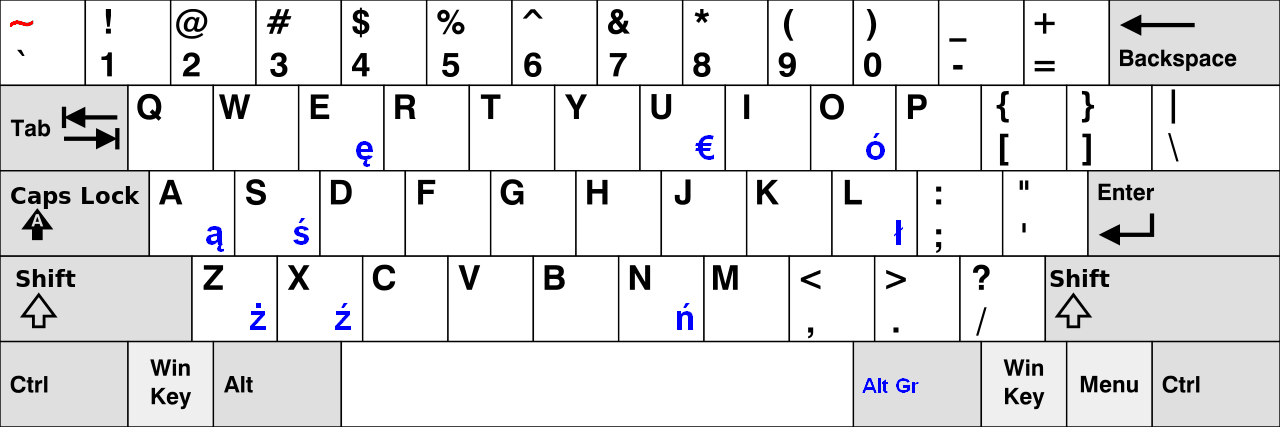How to do Simple Ordered Dither Algorithm (Half-Tone Image)?
How to do Simple Ordered Dither Algorithm (Half-Tone Image)?¶
Introduction
We often watch newspaper graph, however, if you watch this graph detail and then you will find out it was composed of many point pixels. Now, Let’s do it. We can do with self. This is for beginners. It would be fun.
Equipment
Operation System: Microsoft Windows 7 Professional (64 bit)
Development Utility: Microsoft Visual Studio 2010
Usage
// The height of the image.
for ( int iY = 0; iY < imageA->DibInfo->bmiHeader.biHeight; iY++ )
{
// The height of the image.
for ( int iX = 0; iX < imageA->DibInfo->bmiHeader.biWidth; iX++ )
{
// The index of pixel, because we use the three depth bit to present one pixel of color,
// Therefore, we have to multiple three.
lIDXA = ( iX * 3 ) + ( iY * imageA->DibInfo->bmiHeader.biWidth * 3 );
// To get the pixel depth of the blue channel,
byteRGB_BA = imageA->DibArry[lIDXA+0];
// To get the pixel depth of the green channel.
byteRGB_GA = imageA->DibArry[lIDXA+1];
// To get the pixel depth of the red channel.
byteRGB_RA = imageA->DibArry[lIDXA+2];
// To transform RGB to Y (gray scale).
dobYUV_YA = (0.299 * byteRGB_RA + 0.587 * byteRGB_GA + 0.114 * byteRGB_BA);
// To transform a color image to a grayscale image
imageA->DibArry[lIDXA+0] = dobYUV_YA;
imageA->DibArry[lIDXA+1] = dobYUV_YA;
imageA->DibArry[lIDXA+2] = dobYUV_YA;
} // The height of the image.
} // The height of the image.
// Ordered Dither
int intY = 0;
int intX = 0;
int intODY = 0;
int intODX = 0;
int intGray = 0;
int intOD = 0;
// Ordered Dither Matrix
int aryOrderedDither[3][3] = {{ 28,255, 57},
{142,113,227},
{170,198, 85}};
// The height of the image. But we are stepping to three once.
for ( intY = 0; intY < imageA->DibInfo->bmiHeader.biHeight - 3; intY+=3 )
{
// The width of the image. But we are stepping to three once.
for ( intX = 0; intX < imageA->DibInfo->bmiHeader.biWidth - 3; intX+=3 )
{
// The height of the matrix.
for ( intODY = 0; intODY < 3; intODY++ )
{
// The width of the matrix.
for ( intODX = 0; intODX < 3; intODX++ )
{
// The index of pixel, because we use the three depth bit to present one pixel of color,
// Therefore, we have to multiply three.
lIDXA = ( ( intX + intODX ) * 3 ) + ( ( intY + intODY ) * imageA->DibInfo->bmiHeader.biWidth * 3 );
// To get the pixel depth of the blue channel,
intGray = imageA->DibArry[lIDXA+0];
// If the gray depth more than the matrix, it should be white.
if ( intGray > aryOrderedDither [ intODY ][ intODX ] )
{
intOD = 255;
}
// Otherwise, it should be black.
else
{
intOD = 0;
}
// To transform gray scale image to half-tone image
imageB->DibArry[lIDXA+0] = intOD;
imageB->DibArry[lIDXA+1] = intOD;
imageB->DibArry[lIDXA+2] = intOD;
} // for ( intODX = 0; intODX < 3; intODX++ )
} // for ( intODY = 0; intODY < 3; intODY++ )
} // for ( intX = 0; intX < imageA->DibInfo->bmiHeader.biWidth - 3; intX+=3 )
} // for ( intY = 0; intY < imageA->DibInfo->bmiHeader.biHeight - 3; intY+=3 )
Download source code and binary files:
https://drive.google.com/file/d/0BzHb_OyLyVZlU1NMMWVIQmpCbms/view?usp=sharing
Exception
There is a notice, if your bit depth of bitmap file are not 24 bits, you should change your bitmap files to adapt this program, or you could rewrite this source code to fit your bitmap format.
You have to install Microsoft SDK v7.1, because I include windowscodes.lib.
#pragma comment(lib, "windowscodecs.lib")
Reference
[1] Gary Bradski and Adrian Kaehler, “Learning OpenCV: Computer Vision with the OpenCV Library,” O’REILLY, September 2008, ISBN:978-0-596-51613-0
Acknowledge
Thank you (Microsoft Visual Studio 2010, Lenna Sjööblom) very much for this great development utility and beautiful photo.



